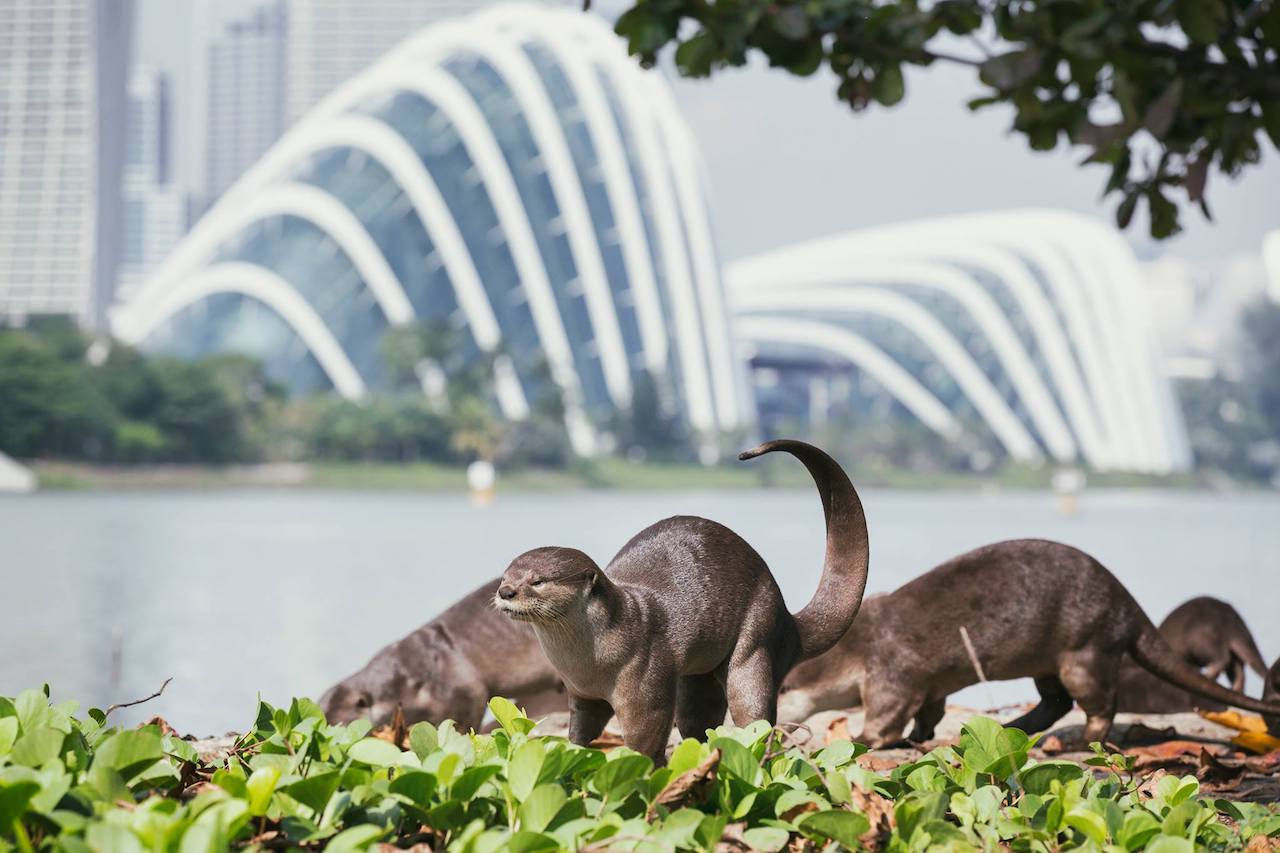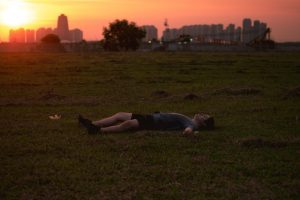Whenever there’s a new fad I’m tempted to brush off as silly or lame, I try putting myself in the shoes of its followers before passing judgement. If I still can’t get onboard with it, at least I gave it a chance.
This is how I find myself near the waterfront next to the Singapore Flyer at 6:40 AM, otter hunting.
In the last three to four years, otter sightings have become the Singaporean equivalent of cat videos. They make great content for slow news days, with each photo, video, and article generating thousands of clicks and shares. Something about these wild creatures seems to turn stoic Singaporeans into piles of mush.
Our fervour for otters reached its peak when netizens invented Robert the Otter to run for president last year. I genuinely don’t get it.
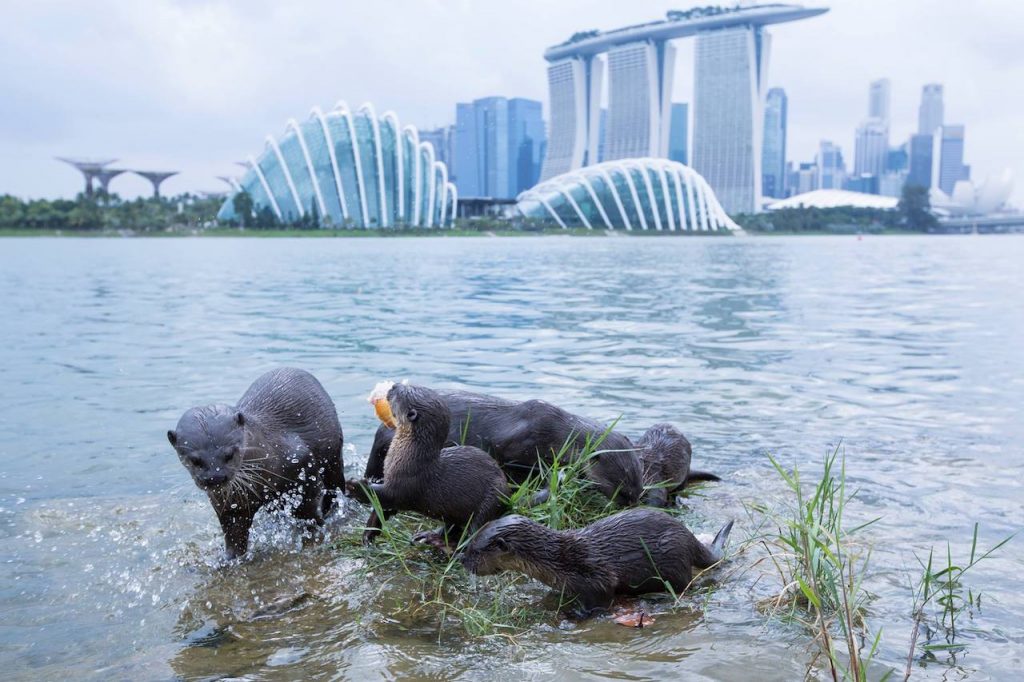
Tan Yong Lin, who is tasked to help me unpack this insane obsession, agrees to introduce me to his hobby. The 29-year-old holds a full-time job in event photography, but goes otter hunting on weekends (and the occasional weekday) to fulfil his passion for otters.
I wonder how sure he is that we’ll spot the otters today, but quickly find out they’re predictable creatures.
“Once you know their routine and habits, and know what to look out for, such as their last seen location, you have a high chance of spotting them. If there are other people looking for the otters with you too, the chances of seeing them can be as high as 80%. Just set a date and time. This is actually quite an easy reward for nature lovers,” he says.
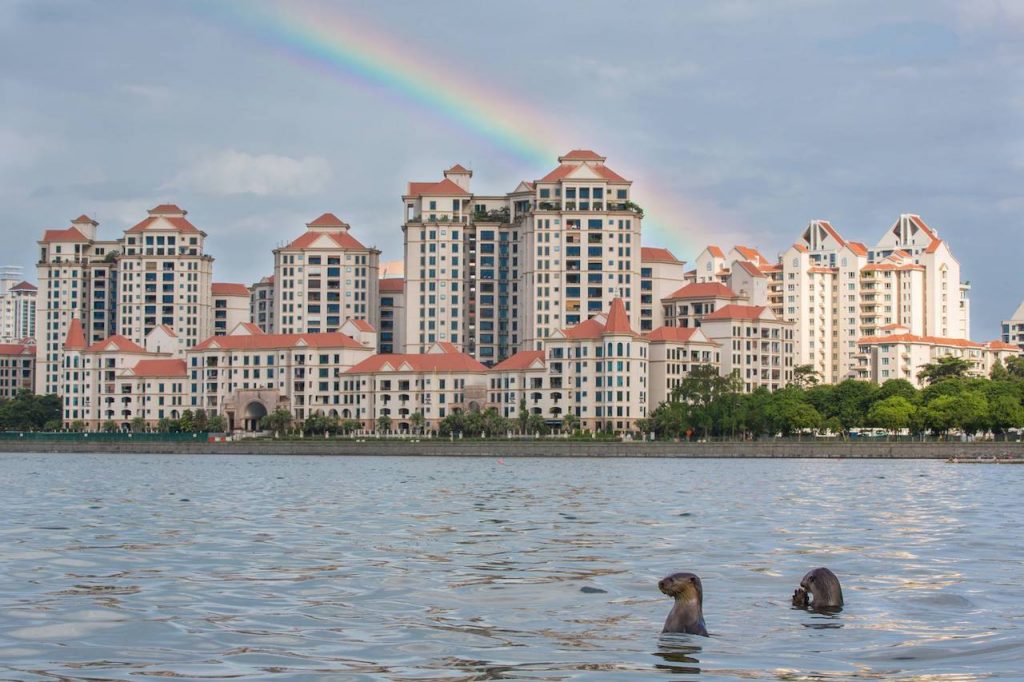
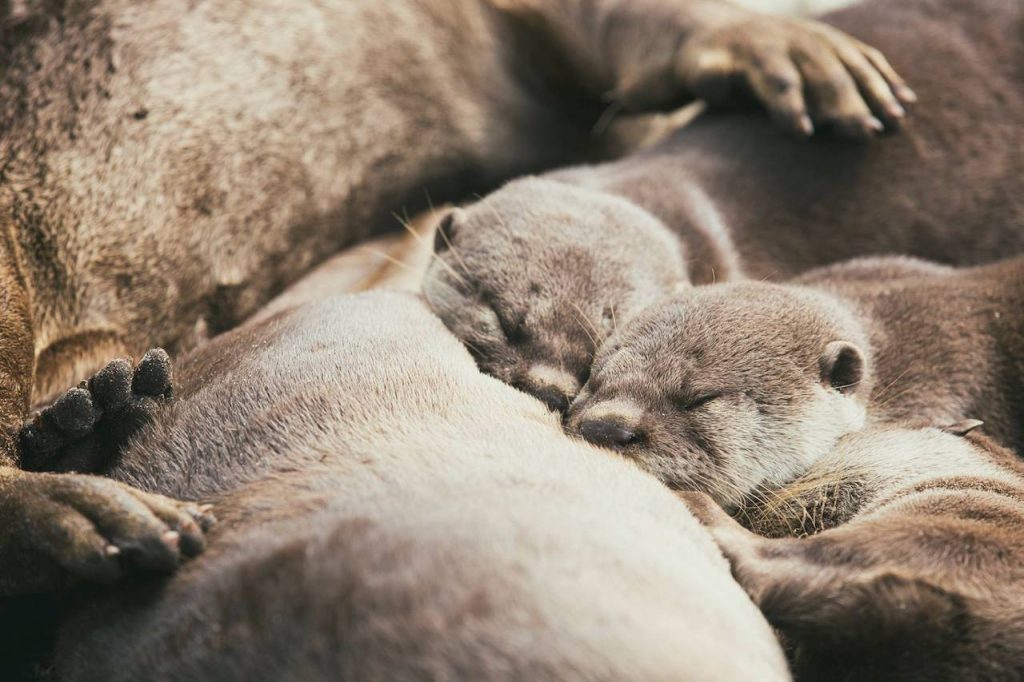
Today, the otter family we’re searching for is the Bishan family. This is one of the families that Yong Lin has been diligently following, with the other being the Pasir Ris-Changi family.
All otters look the same to me, but under Yong Lin’s trained eye, they are recognisable by “their numbers in the family” and the “area they’re spotted in”. He reminds me that otters are creatures of habit. Once they mark a territory, they are unlikely to migrate.
Near the river, there’s a light stench that resembles a mix of raw fish and animal poop.
“The smell that you’re smelling comes from the spray of scent glands near their anus. This marks their territory from other families,” he says.
Unfortunately, the otters aren’t here this morning. I’m told they usually sleep at 7 PM and wake at 6 AM to begin the day. We are 40 minutes late. This slight setback may have deterred some, but knowing I was so close to seeing the otters only fuels my determination to stick around.
In any case, Yong Lin’s friend from OtterWatch, a Facebook page consolidating otter sightings in Singapore, is also helping us locate the otters from another side of the river.
More than these photographers’ dedication to otters and their craft, I’m amazed that it only takes me less than hour to go from feeling indifferent towards otters to being more than willing to trek a few more hours just for these overhyped creatures.

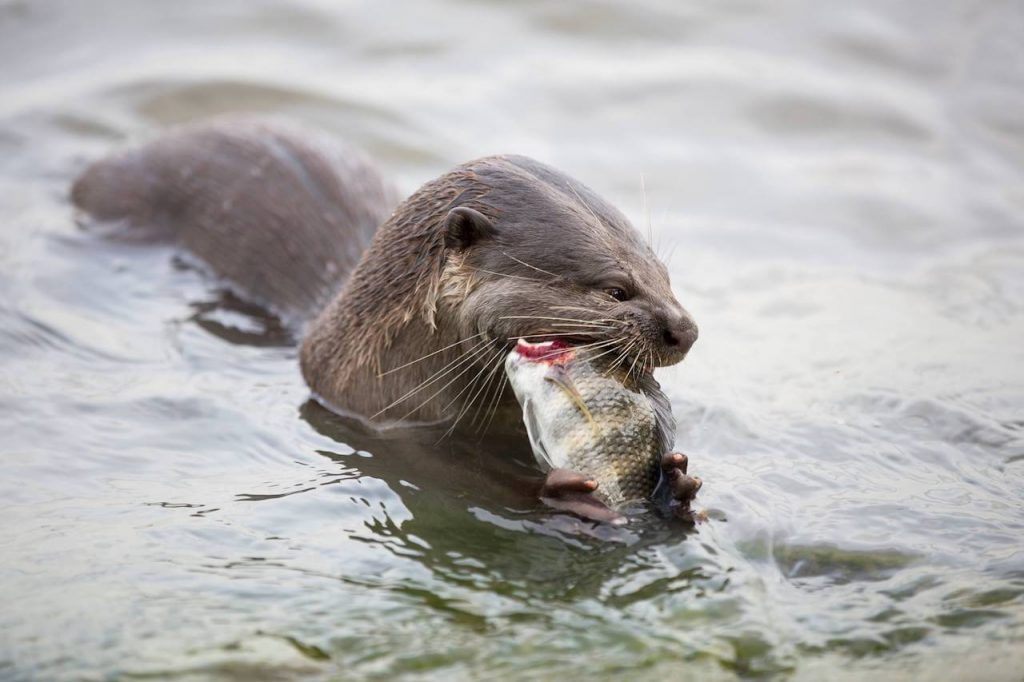
Yong Lin got into otter photography about four years ago when the first Bishan otter was spotted. He says that otters are native to Singapore but have only recently returned after construction works around their natural habitat were complete.
An animal lover at heart, he found otters easy to photograph and used this hobby to practise his technical skills.
“At the start, I was just curious. But over time, following otters became a habit. Sometimes I don’t even bring my camera out. I just want to see if the family is doing okay,” he says.
“One of the side goals in OtterWatch is to capture otters in a new environment and try to land the nicest shot.”
For those looking to pick up otter photography, there are obvious rules to abide by. For instance, even though otters, especially the Bishan family, are used to being around humans, they can become aggressive if they’re protecting their pups.
“The Bishan family will always win a fight. Whenever they engage with a rival family, the rival will always lose. There’s no way two families will share space, so their population numbers are self-regulated.”
As such, most people remain respectful, standing a distance from the otters, although those who wield camera phones have a tendency to get too close. Your best bet would be to invest in a telephoto lens.

Additionally, be prepared have stamina and patience—lots of it.
At this point, we have walked from the Singapore Flyer to Marina Barrage. We have seen signs around Gardens by the Bay that inform the public about otter whereabouts. We have even spotted their footprints, another sign that we narrowly missed them.
Slightly after 8 AM, Yong Lin receives a text from his friend in OtterWatch informing him of the otters’ location today. It is right beside Nicoll Highway MRT. So we walk all the way back to Marina Bay Sands to take a quick train ride down.
It’s as though we’re nearing the end of a treasure hunt, which may be a good reason why fellow Singaporeans who are suckers for a challenge enjoy otters so much.
We exit Nicoll Highway MRT to see the entire family of Bishan otters and a few photographers right beside the Kallang river.
While they’re mostly found by bodies of water, Yong Lin says that otters “do surprise you once in awhile” by wandering far off into dry land. Instances like this are more unique, as they get people excited. It’s not everyday you get to witness wildlife right smack in the middle of a city.
Against the backdrop of condominiums lining the Kallang river and the Sports Hub in the distance, most of the otters stay in the water playing and catching fish, while a few roll around and dry off their fur on sandy patches of land. After about an hour, they become tired and fall asleep together in a group, as though sunbathing. As one continues to gnaw on the dead fish in its paws, its family dozes off beside it.
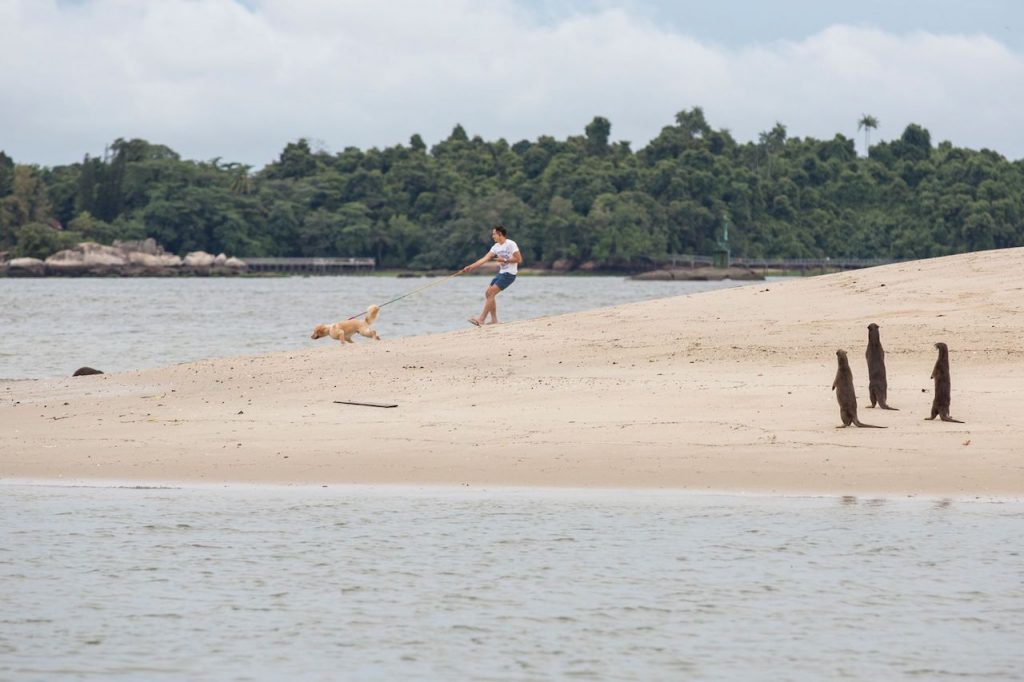
Otters display remarkably human characteristics. They’re not just “cute” as people often describe; their human-like behaviour makes them resemble more complex creatures.
Another photographer agrees that this is one of the reasons people continue to be attracted to otters.
Standing at the sidelines, I watch Yong Lin and a few other photographers prop themselves on the grass for the best shot. When the otters drift a few metres away, the photographers grab their cameras and follow suit. All of them seem just as transfixed as someone who’s seeing otters for the first time, i.e. me, who’s utterly mesmerised by these sociable creatures.
It’s about 10:30 AM when we decide to call it a day. Yong Lin says, “There was a Straits Times reporter who joined us on one of our otter watches. Even after her story was done, she continued coming back to see them.”
In the moment, I wonder if I’ll be like her too.
In a huge way, otter watching is not just about the otters. It’s also about partaking in a quintessentially Singaporean endeavour: an experience that provides high reward for low effort.
Have something to say about this story? Write to us at community@ricemedia.co.

